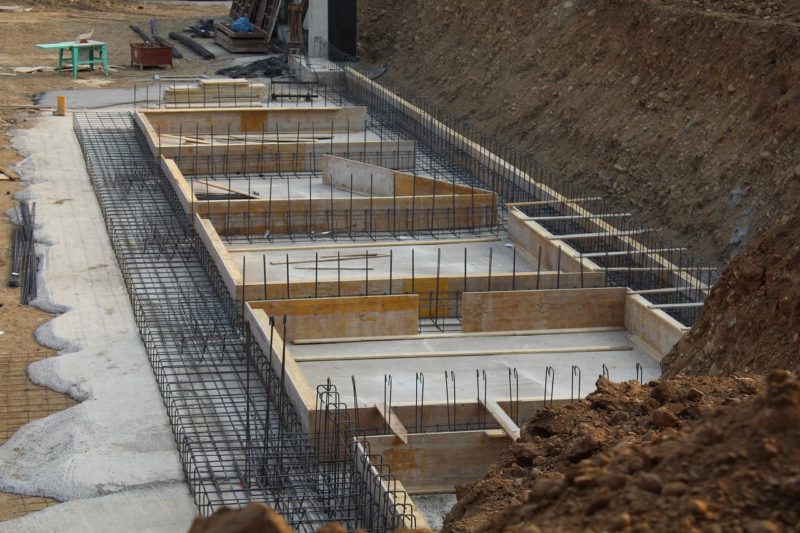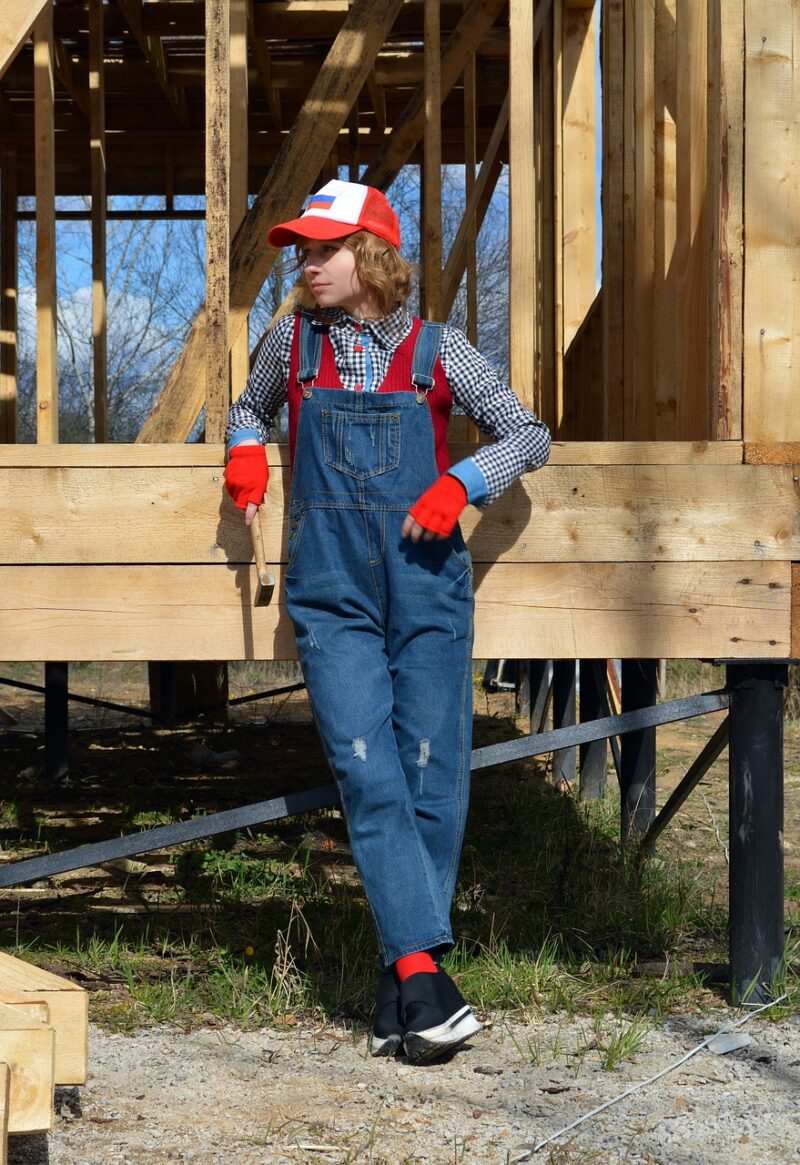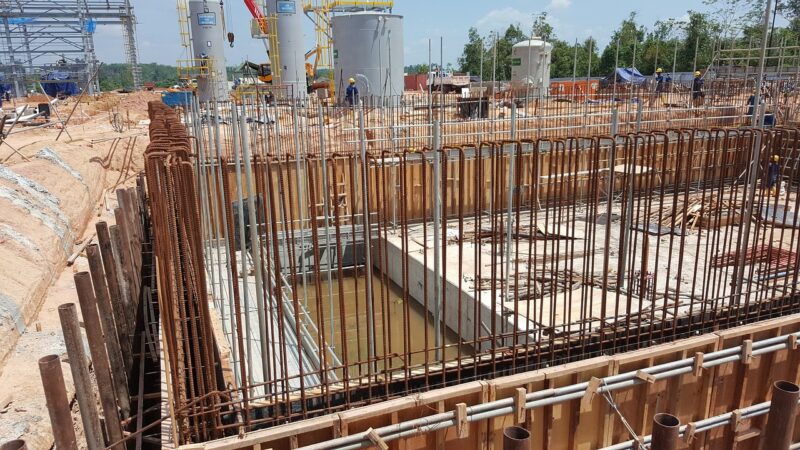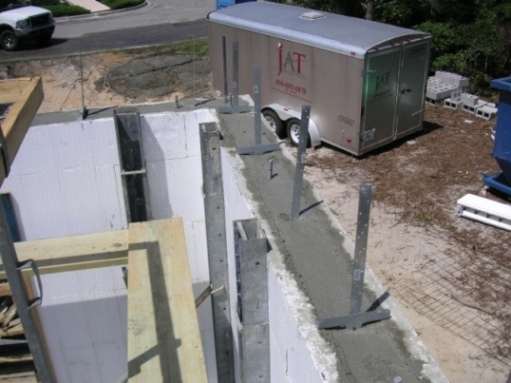7 Different Kinds of Home Foundations and Their Pros and Cons
One of the most important aspects of a home, and perhaps the most often overlooked one, is its foundation. After all, the foundation is what keeps the entire house standing strong and stable. But did you know that there are different types of home foundations? Yes, there are! And each type has its pros and cons. This blog post will discuss seven different kinds of home foundations and their respective pros and cons to help you make an informed decision before investing in your home’s foundation.
Basement Foundation
This kind of foundation is popular in many parts of North America. It involves digging a large hole and constructing a concrete wall to support the weight of the home. Pros include added living space, additional storage, and protection from harsh weather conditions. The cons, however, are that it can be costly and difficult to construct, especially in areas with a high water table.
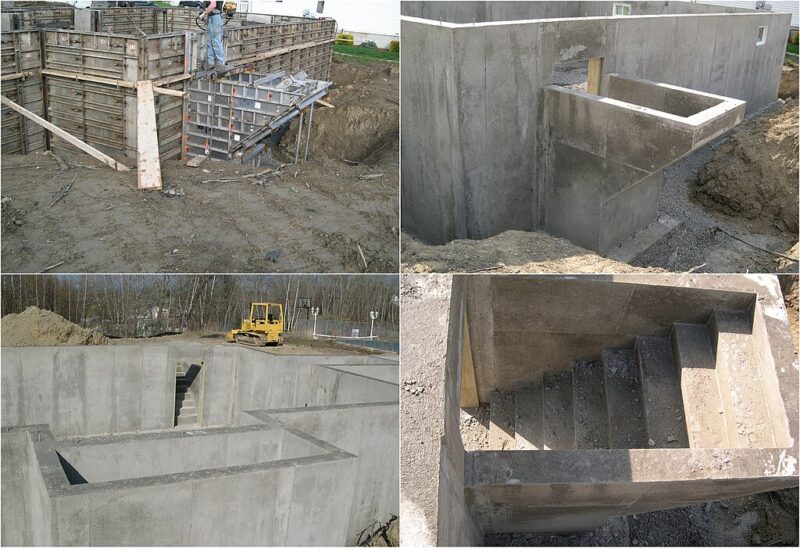
WTF Formwork, CC BY-SA 3.0, via Wikimedia Commons
Crawl Space Foundations
This foundation involves leaving a gap between the home’s floor and the ground. It is easier to construct than a basement foundation, and allows easy access to pipes, electrical wiring, and other utilities. However, it can be susceptible to moisture and pest infestations, leading to potential damage to the home’s structure.
Slab Foundations
A concrete slab is poured directly onto the ground and acts as the home’s foundation. Pros include low cost and quick construction time. Cons include susceptibility to cracks, limited access to utilities, and inadequate protection from the cold.
Cushioned Foundations
Also known as floating foundations, this foundation uses a layer of insulating material between the concrete slab and the ground. This helps to minimize temperature variations, which can be beneficial in extreme climates. However, it is more expensive than traditional slab foundations and requires a lot of planning before construction.
Pier Foundations
This kind of foundation involves supporting the home on piers that are driven into the soil. It is particularly useful in areas with unstable soil conditions, as it allows the foundation to move with the ground. However, it can be costly and requires consistent maintenance and foundation repair to avoid sinking or leaning.
Wall Foundations
Wall foundations use concrete walls to support the home. They are especially useful when building on a steep slope, as they can offer extra support and stability. However, wall foundations can be expensive and can be difficult to construct.
ICF Foundations
ICF (Insulated Concrete Form) foundations use foam blocks filled with concrete to create the foundation. They offer superior insulation, which is perfect for extreme weather. Furthermore, it can be quick and easy to construct. However, it is one of the most expensive options and requires specialized equipment and expertise for construction and installation.
Mikeog39, CC BY 3.0, via Wikimedia Commons
When it comes to home foundations, there is no one-size-fits-all solution. The choice depends on your individual needs, budget, and the soil and weather conditions in your area. Ultimately, it is important to make an informed decision, weighing the benefits and drawbacks of each option before making an investment. Keep in mind that the foundation of your home is the most important part, and it is essential to choose wisely.
Author Bio
Anita Ginsburg is a freelance writer from Denver, CO. She studied at Colorado State University, and now writes articles about health, business, family, and finance. A mother of two, she enjoys traveling with her family whenever she isn’t writing. You can follow her on Twitter @anitaginsburg.

